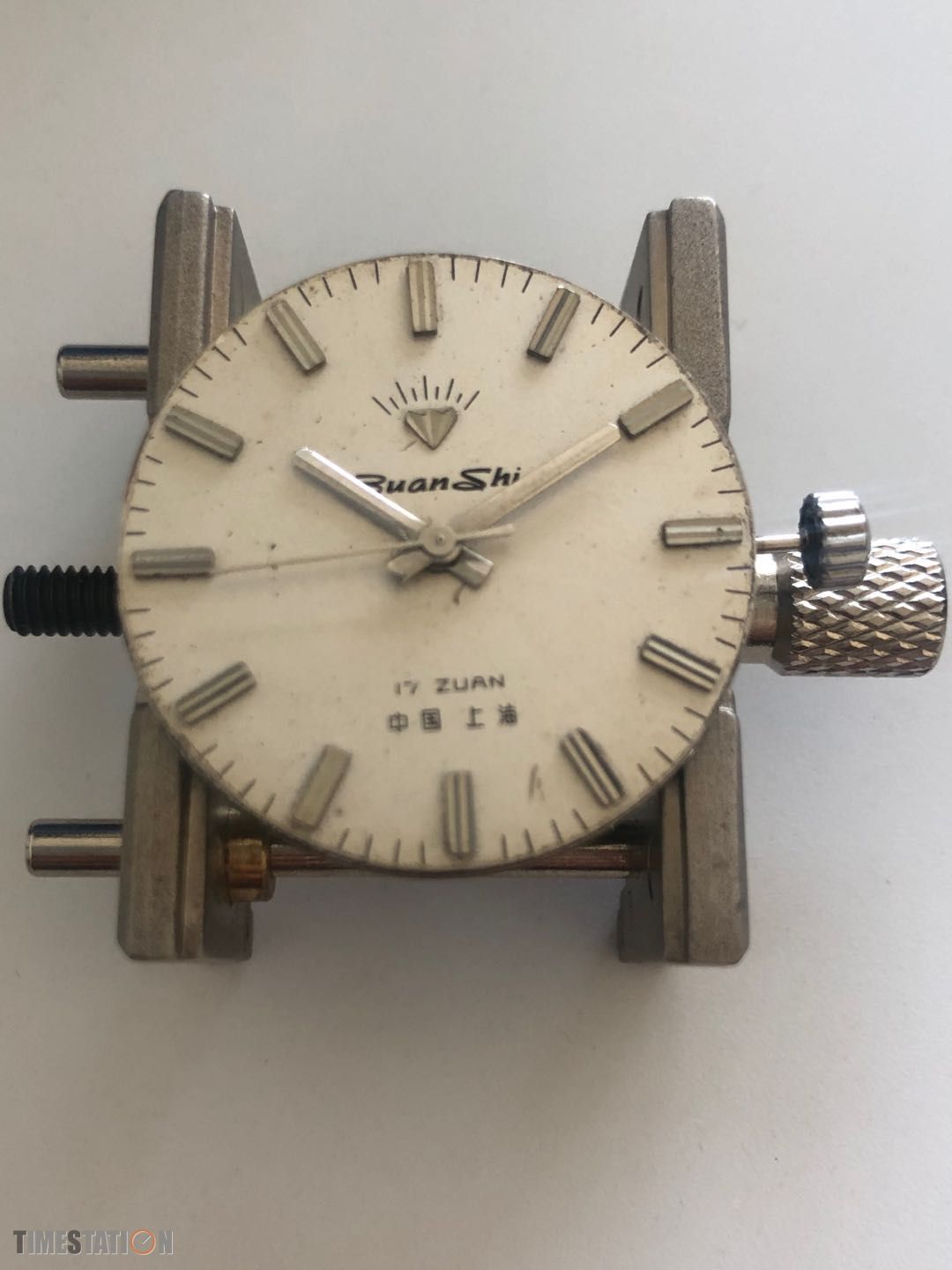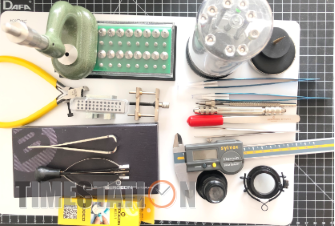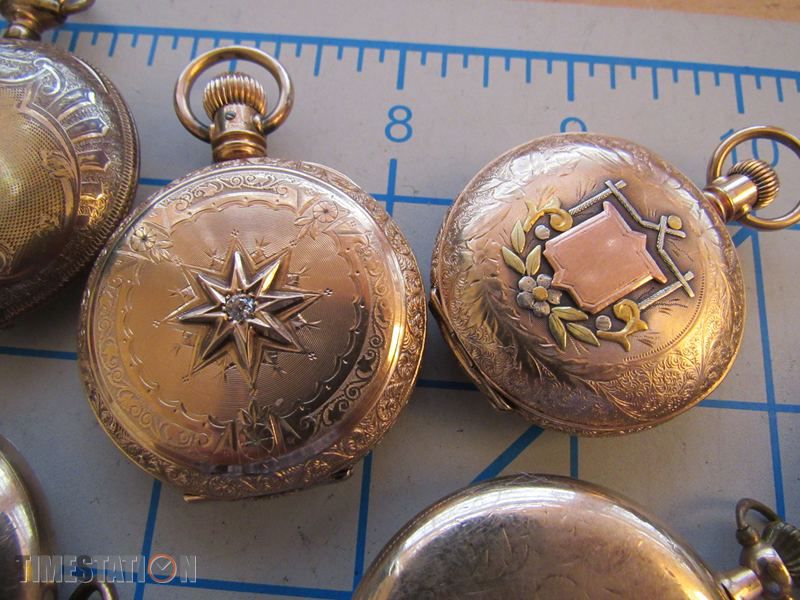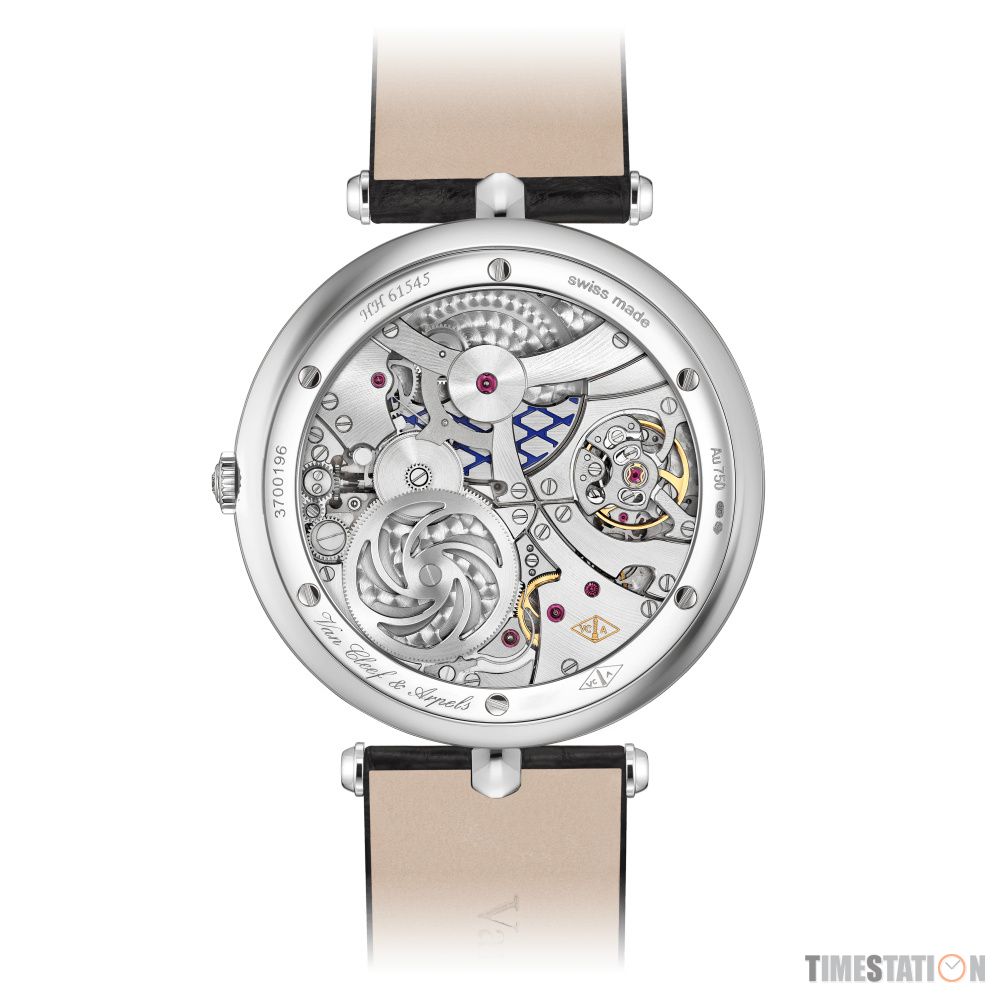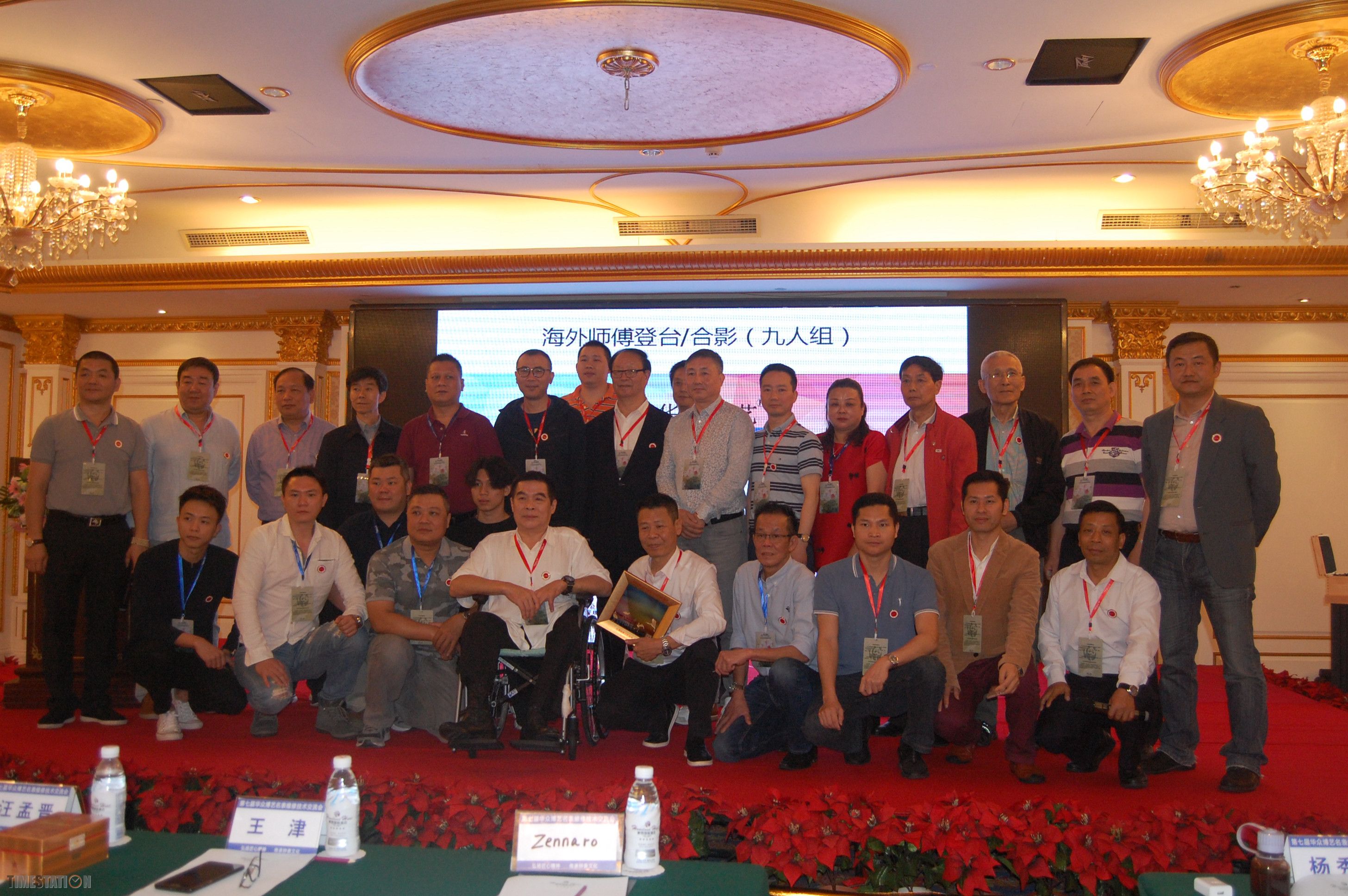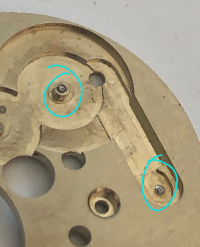有兴趣的可看看以下的文章,Longines当时(1970年代)的三大支柱,
其中就有同轴双发条盒890到并联双发条盒的990。
Principles of the manufacture in Les Longines: 3 pillars
In terms of watchmaking creations, the start of the 70s revealed the existence of several distinct development trends at Les Longines. First of all, the classic mechanical wristwatch was to the object of further development, while attention continued to be devoted to the mechanical movement, in spite of the competition represented by new technical solutions for the measurement of time. Secondly, electronics and quartz technologies were gradually becoming integrated into production. Thirdly and finally, the role of design was becoming increasingly dominant in the creation of watch collections: in 1972 Longines entrusted the conception of a new collection to the designer Serge Manzon, who expressed a fresh artistic vision through creating solid silver timepieces.
While electronics and quartz were generally perceived as a regrettable necessity for the survival of the Swiss watch and clockmaking industry, Longines nevertheless did not abandon its traditional watchmaking activities, particularly those affecting the creation and construction of mechanical movements. During the 1970s, the factory at Saint-Imier studied new technical approaches to improving the functioning principles of the self-winding mechanical movement. In 1975 the manufacture developed a self-winding calibre which was fitted with two series-coupled coaxial barrels, Calibre 890. This innovative solution made for greater constancy in the transmission of energy and therefore affected the rate of the movement and its precision. The idea of fitting a calibre with two linked barrels had an effect on the thickness of the movement, a problem which was resolved in 1977 with the design of Calibre 990, which arranged the two barrels on the same level.
The industrial strategy adopted at that time by Longines consisted of three pillars, comprising traditional watchmaking activities, sports timing and industrial electronics. Its status as an authentic manufacture endowed the Saint-Imier company with important research and development potential, which was mobilised both for the realisation of innovative mechanical movements and for the creation of quartz calibres. Thus, alongside the mechanical watchmaking which the company had been continuously practising and improving upon since its foundation, Longines was also seeking to create its own quartz electronic calibres to use in its timepieces. In 1978, the brand brought out timepieces fitted with the 950 calibre, a quartz electronic movement powered by a silver oxide battery and fitted with a bipolar stepping motor. This movement, which went beyond the boundaries of traditional watchmaking technology, was entirely developed within the manufacture in Les Longines.
Whereas in the early 1980s the technical aspect still occupied a position of fundamental importance for the watchmaking industry (from a commercial standpoint) the aesthetic dimension was definitively making its emergence felt. In particular, the distinctions awarded for the aesthetics and refinement of the timepieces bore witness to a more general acknowledgement of the importance of this parameter. For long periods of time, the technical characteristics of the watch were perceived as more important than any artistic considerations, although aesthetics remained a determining criterion in certain quarters. In 1978, for example, a watch from the Volubilis collection was awarded the Baden-Baden Golden Rose, a distinction awarded to Longines four times. In 1975, the Saint-Imier brand had received an award for its “Cléopâtra” timepiece, inspired by oriental lines interpreted on a bangle bracelet.
|
